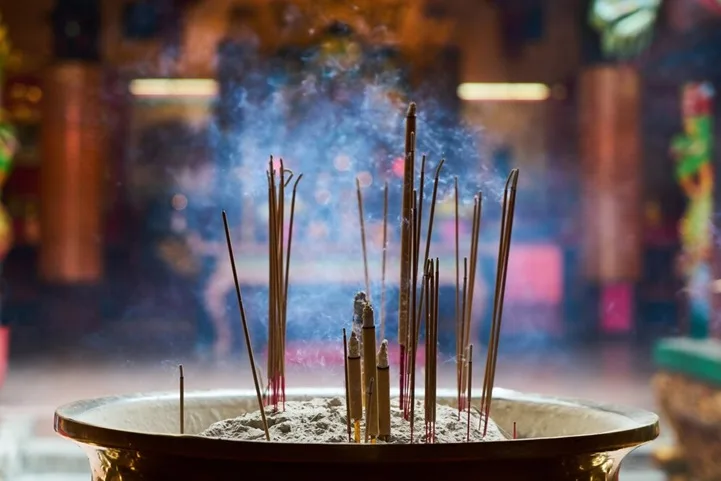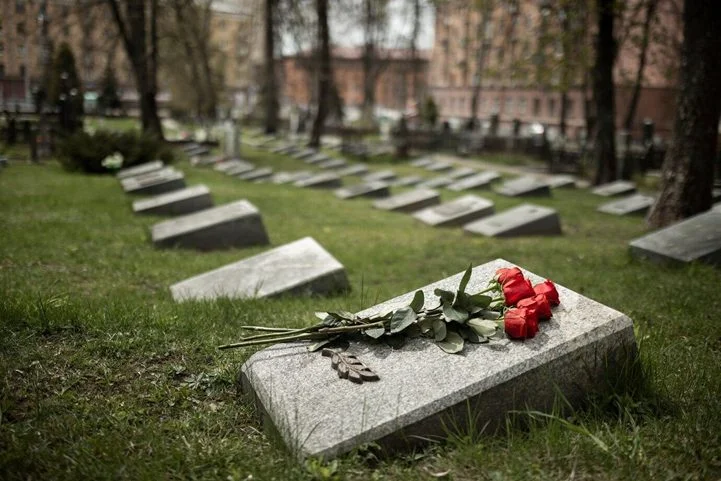In Asia’s vast and culturally rich landscapes, funeral services and customs stand as profound expressions of respect, remembrance, and spiritual significance. These customs, deeply rooted in the diverse religious and cultural tapestries of Asian societies, have been undergoing transformative changes.
The onset of globalization and the relentless march of technology have introduced a unique blend of Western and Eastern practices in funeral customs. This article delves into how these external influences are reshaping traditional funeral services in Asia, balancing the preservation of age-old customs with the adoption of modern innovations.
Traditional Funeral Customs In Asia: An Overview
Asia, a continent rich in cultural diversity and tradition, offers a kaleidoscope of funeral customs, each reflecting the unique heritage of its people. These practices, deeply intertwined with religious and cultural beliefs, are not just mere rituals but profound expressions of respect, remembrance, and a connection to the spiritual world. In Hinduism, for example, the practice of cremation is not just a method of disposing of the body; it is a crucial
ritual to release the soul from its physical form, aiding its journey towards Moksha (liberation). Similarly, Buddhist funeral practices emphasize simplicity and spiritual chants, focusing on the impermanence of life and the importance of karma.
In East Asian cultures like China and Japan, Confucian and Taoist influences manifest in elaborate funeral rituals, emphasizing filial piety and ancestral worship. The Chinese tradition of Qingming, also known as Tomb-Sweeping Day, is a testament to this, where families gather to clean the graves of their ancestors, offering food, tea, and paper replicas of money and luxury items.
These diverse practices, while different in their execution, share common themes:
- Respect for the deceased
- A focus on family ties
- A deep-rooted belief in an afterlife or spiritual continuation
The Influence Of Globalization On Funeral Customs

Globalization has significantly influenced these age-old traditions, leading to a blend of Western and Eastern practices. The exchange isn’t just one-way; it’s a complex interplay where Eastern and Western cultures adapt and adopt aspects from one another.
In countries like Singapore and Malaysia, where multiculturalism is the norm, funeral services often reflect a mix of Eastern traditions with Western elements like flower arrangements and non-religious memorials. Similarly, in Japan, the influence of Christianity, albeit small, can be seen in some funeral services adopting Christian hymns or prayers alongside traditional Buddhist rites.
The diaspora communities play a crucial role in this cultural exchange. Asian immigrants in Western countries often blend traditional practices with the customs of their adopted lands, creating unique hybrid ceremonies.
These practices, in turn, find their way back to their countries of origin, often mediated through media or returning family members, further contributing to the globalization of funeral customs.
The Role Of Technology In Modernizing Funeral Services

The advent of technology has introduced novel ways to honour the deceased, making ceremonies more accessible and allowing for the preservation of traditions in new forms. Digital memorials, for instance, have become increasingly popular.
These online spaces allow people worldwide to pay their respects, share memories, and offer condolences, transcending geographical boundaries. Live-streaming services have become a boon, especially in global crises like the COVID-19 pandemic, where attending funerals in person has become challenging.
This technology has not only made it possible for distant relatives and friends to partake in the ceremonies. Still, it has also opened doors for more inclusive memorials.
Virtual reality (VR) is another frontier. In some cases, VR technology is used to create immersive experiences, allowing people to revisit memories with the deceased or experience a form of presence even after their passing. This intersection of technology and tradition is a testament to innovation and a reflection of the deep human need to connect and remember.
Preserving Traditions Amidst Modernization
Integrating technology into funeral practices is not just about modernization but also preservation. In many Asian cultures, traditional aspects are being maintained and even revitalized through technological means. For instance, digital archives preserve ancient funeral chants and rituals, ensuring that these integral parts of cultural heritage are not lost to time.
In South Korea, there’s a growing trend of using holographic technology to recreate images of the deceased during memorials, allowing families to have a visual connection with their loved ones. While this might seem like a drastic modernization, it’s deeply rooted in the Korean value of honouring and remembering ancestors.
The community responses to these technological adaptations are mixed.
While some view these advancements as necessary adaptations to contemporary life, others worry about diluting traditional values. The key lies in striking a balance, ensuring that technology is a tool to enhance and preserve, rather than replace, traditional practices.
Global Cultural Exchanges and Their Impact

The impact of global cultural exchanges on funeral customs in Asia is profound. As people migrate and cultures intersect, funeral practices evolve to reflect these changes. This exchange leads to a more inclusive understanding and adaptation of rituals, accommodating a globalized viewpoint.
In countries like Indonesia, where Hindu, Muslim, Christian, and Buddhist populations coexist, funeral customs often incorporate elements from multiple faiths, reflecting a syncretic approach. This blending is not just a result of globalization but also reflects the region’s historical and cultural diversity.
Similarly, the influence of Western environmental consciousness is seen in the growing preference for eco-friendly burials in countries like Japan and China. These practices, while modern in approach, are often aligned with ancient Asian values of harmony with nature.
The Balance Between Tradition and Modernity
Finding the balance between tradition and modernity is one of the most significant challenges in evolving funeral customs. While modern practices offer convenience and new ways of expression, there’s a continuous effort to maintain cultural authenticity.
Different generations often have varying perspectives on these evolving practices. The older generation might adhere more strongly to traditional methods, viewing them as crucial to maintaining cultural identity. Influenced by global culture and technology, the younger generation might lean towards modernized practices.
One such example is how the remains of a cremated loved one is kept. Traditionally the ashes are kept in an urn, and may be placed somewhere in your house, or a cemetery. But, modern choices now include keepsake jewelry, some having compartments to store the ashes, some even use the ashes of the deceased to turn into gems!
This generational divide can sometimes lead to tensions but also opens the door for dialogue and a deeper understanding of the underlying values of these customs.
Looking to the future, it’s likely that funeral customs in Asia will continue to evolve, shaped by ongoing technological advancements and global cultural exchanges. A growing trend towards personalized funeral services reflects individual beliefs and values rather than strictly traditional norms.
Conclusion On The Modernization Of Asian Funeral Services
Exploring funeral customs in Asia reveals a fascinating synthesis of traditional values and modern innovations. This interplay underscores a fundamental human quest to honour the deceased while adapting to the world’s ever-changing landscape.
As Asia continues to navigate the currents of globalization and technological advancements, its funeral customs serve as a mirror, reflecting both the steadfastness of cultural heritage and the adaptability of its people. The future of these customs lies in this delicate balance, evolving with societal changes yet rooted in the deep, historical bedrock of tradition.
This evolution is a testament to cultural resilience and the universal nature of mourning, remembrance, and the celebration of life.
FAQS
- How Are Digital Memorials Changing Funeral Customs In Asia?
Digital memorials allow for a global community to participate in grieving and remembrance, breaking geographical barriers and introducing new ways of honouring the deceased.
- What Role Does Technology Play In Preserving Traditional Asian Funeral Rituals?
Technology helps archive traditional practices, using tools like digital recording and holography to keep rituals alive for future generations.
- Are Younger Generations In Asia Adopting These Modern Funeral Practices?
Younger generations are more open to modernized practices, blending traditional customs with modern innovations to create personalized and meaningful funeral services.
- How Have Environmental Concerns Influenced Funeral Customs In Asia?
Environmental concerns have led to a rise in eco-friendly burial options, aligning modern practices with the ancient Asian value of harmony with nature.
- What Impact Has Globalization Had On Funeral Customs In Asia?
Globalization has introduced a mix of Western and Eastern practices, leading to more inclusive and diverse funeral customs that reflect a blend of various cultural influences.
- Is The Traditional Way Of Conducting Funerals In Asia At Risk Due To Modernization?
While modernization presents challenges, many Asian societies are finding ways to maintain their traditional customs, using modern tools to enhance rather than replace the rich cultural heritage of their funeral practices.
